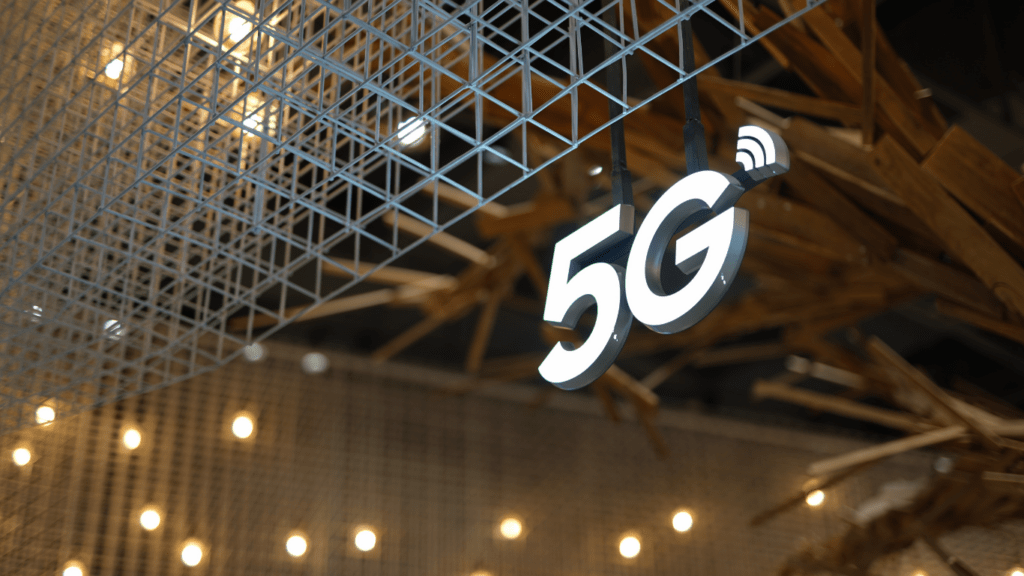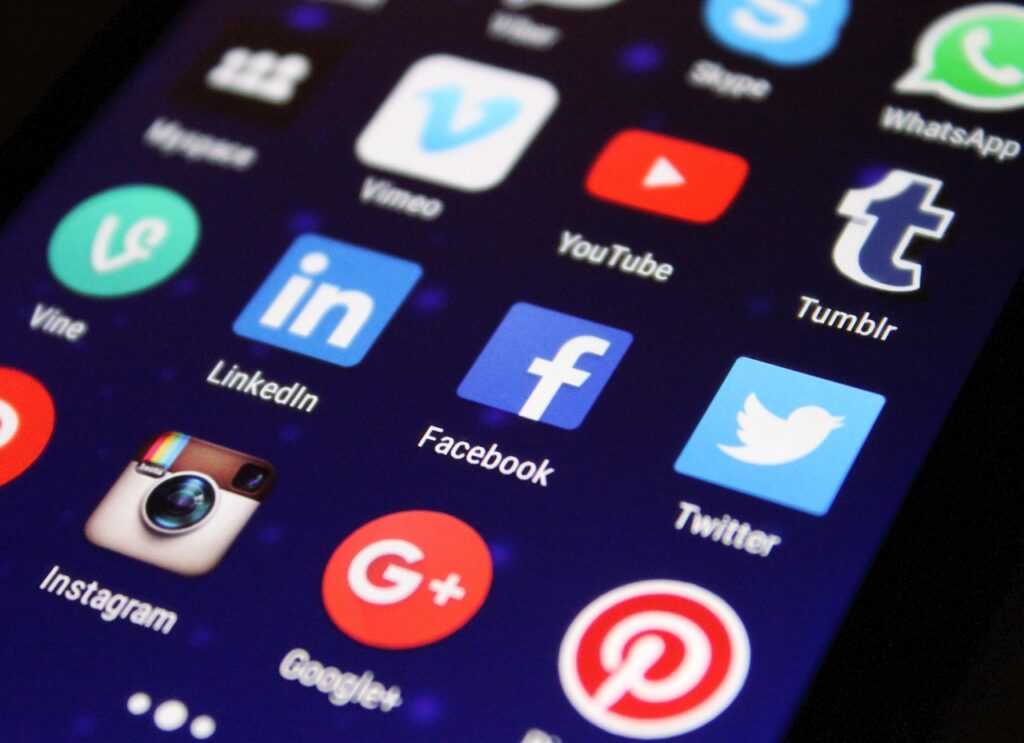Exciting times lie ahead in the realm of 5G technology. As I delve into the revolutionary advances shaping the landscape of connectivity, the future looks incredibly promising. The rapid evolution of 5G is not just a mere upgrade; it’s a transformative journey that is set to redefine the way we interact with the digital world.
In this article, I’ll explore the cutting-edge innovations driving the next phase of 5G technology. From ultra-low latency to enhanced data speeds, the possibilities seem limitless. Stay tuned as we unravel the mysteries of what to expect next in the ever-evolving realm of 5G technology.
Evolution of 5G Technology
Delving into the evolution of 5G technology, we witness a remarkable trajectory that transcends mere upgrades. The journey of 5G signifies a profound shift in how we engage with the digital sphere, promising unparalleled connectivity and groundbreaking innovations.
5G’s evolution goes beyond enhanced data speeds and ultra-low latency. It represents a pivotal moment in technological advancement, poised to redefine the way we communicate, work, and interact with the world around us. As we delve further into the realm of 5G technology, the horizon reveals endless opportunities and transformative possibilities that await us.
Cutting-Edge Features of 5G Networks
As we delve deeper into the realm of 5G technology, we uncover the cutting-edge features that define this revolutionary advancement in connectivity.
Ultra-Reliable Low Latency Communication (URLLC)
In the realm of 5G networks, Ultra-Reliable Low Latency Communication (URLLC) stands out as a game-changer. It offers ultra-low latency, enabling near real-time communication critical for applications like autonomous vehicles, industrial automation, and remote surgery. URLLC ensures reliable and secure connections, making way for innovative solutions that demand instantaneous data transfer with minimal delay.
Massive Machine Type Communications (mMTC)
Massive Machine Type Communications (mMTC) is another remarkable feature of 5G networks. It facilitates connectivity for a vast number of devices simultaneously, ideal for the Internet of Things (IoT) deployments. mMTC allows for efficient communication between numerous sensors and devices, paving the way for smart cities, industrial automation, and seamless integration of connected devices on a massive scale.
Impact of 5G on Various Industries

Exploring the impact of 5G on various industries unveils a landscape of transformative possibilities and enhanced capabilities. From healthcare to manufacturing, 5G technology is poised to revolutionize the way businesses operate and deliver services. Let’s delve into how different sectors stand to benefit from the advent of 5G networks:
- Healthcare Industry: With the ultra-low latency provided by 5G, healthcare professionals can conduct remote consultations, monitor patients in real-time, and even perform surgeries using robotic systems. This advancement is crucial for telemedicine, enabling access to healthcare services in remote areas and improving patient outcomes through faster interventions.
- Manufacturing Sector: In the manufacturing domain, 5G enables the deployment of smart factories where machines communicate seamlessly, optimizing production processes and reducing downtime. The high reliability and capacity of 5G networks facilitate the implementation of Industrial Internet of Things (IIoT) solutions, leading to enhanced productivity and efficiency.
- Transportation and Logistics: The transportation sector stands to benefit significantly from 5G technology, with improved connectivity supporting autonomous vehicles, smart traffic management systems, and enhanced vehicle-to-everything (V2X) communication. These advancements enhance road safety, reduce congestion, and pave the way for the future of autonomous transportation.
- Retail and E-commerce: In the realm of retail, 5G offers enhanced customer experiences through augmented reality (AR) applications, personalized shopping experiences, and seamless real-time interactions. Retailers can leverage 5G to provide immersive shopping experiences, optimize inventory management, and engage customers through innovative technologies.
- Entertainment Industry: 5G revolutionizes entertainment by enabling ultra-high-definition streaming, immersive virtual reality (VR) experiences, and real-time gaming with minimal latency. Content creators can deliver rich multimedia experiences to consumers, opening up new avenues for interactive entertainment and personalized content delivery.
- Finance and Banking: The financial sector benefits from 5G’s secure and reliable connectivity, facilitating faster and more secure transactions, enhanced fraud detection systems, and seamless digital banking experiences. With the rise of mobile banking and contactless payments, 5G plays a crucial role in shaping the future of financial services.
- Education Sector: In education, 5G technology enhances remote learning experiences through high-quality video conferencing, interactive learning applications, and virtual classrooms. Students and educators can collaborate seamlessly, access educational resources in real-time, and participate in immersive learning environments regardless of their physical location.
By harnessing the power of 5G technology, various industries are poised to undergo significant transformations, ushering in a new era of connectivity, efficiency, and innovation. The advent of 5G networks holds the promise of reshaping traditional business models and unlocking unprecedented opportunities for growth and development.
Integration of Artificial Intelligence and IoT with 5G
Expanding on the revolutionary capabilities of 5G technology, the integration of Artificial Intelligence (AI) and Internet of Things (IoT) heralds a new era of connectivity and innovation. AI algorithms, powered by the lightning-fast speeds and ultra-low latency of 5G networks, can process massive amounts of data in real-time, enabling unprecedented possibilities in diverse industries.
- Healthcare
In healthcare, the fusion of AI, IoT, and 5G allows for advanced remote monitoring of patients’ vital signs, facilitating timely intervention and personalized care. Medical professionals can leverage AI-driven diagnosis and treatment recommendations, enhancing healthcare outcomes and saving lives. - Manufacturing
The manufacturing sector benefits from the seamless integration of AI, IoT devices, and 5G connectivity. Smart factories equipped with AI-powered sensors can optimize production processes, predict maintenance needs, and minimize downtime. This integration enhances efficiency, reduces costs, and ensures streamlined operations. - Transportation
AI and IoT integration with 5G revolutionize transportation systems by enabling real-time data analytics for traffic management, enhancing vehicle-to-vehicle communication, and powering autonomous vehicles. This synergy improves road safety, reduces congestion, and paves the way for the widespread adoption of self-driving cars. - Retail
In the retail landscape, AI, IoT, and 5G collaborate to provide personalized shopping experiences, optimize inventory management, and offer augmented reality (AR) features for enhanced customer engagement. Retailers can leverage real-time analytics to tailor promotions, improve customer satisfaction, and drive sales growth. - Entertainment
The entertainment industry leverages the amalgamation of AI, IoT, and 5G to deliver immersive experiences through virtual reality (VR) applications, ultra-high-definition streaming, and personalized content recommendations. This combination enhances user engagement, revolutionizes content delivery, and sets new standards for entertainment consumption. - Financial Services
Within the financial services sector, AI, IoT, and 5G integration ensure secure and efficient transactions, enable real-time fraud detection, and facilitate personalized banking experiences. Customers benefit from enhanced security measures, seamless digital transactions, and tailored financial services that meet their evolving needs. - Education
The fusion of AI, IoT, and 5G transforms the education landscape by enabling immersive learning experiences, personalized tutoring, and remote educational access. Students can benefit from interactive lessons, real-time feedback, and virtual simulations that enhance their academic growth and expand learning opportunities.
The integration of AI and IoT with 5G technology propels industries towards unprecedented advancements, driving innovation, enhancing efficiency, and unlocking new realms of possibilities in the ever-evolving digital landscape. By harnessing the collective power of these technologies, organizations can unlock new levels of productivity, agility, and competitiveness in a world driven by connectivity and intelligence.
Future Prospects of 5G Technology
Exploring the future of 5G technology reveals a landscape brimming with possibilities and advancements that will reshape industries and everyday experiences. As 5G continues to evolve and expand its reach, here are some key prospects to anticipate:
- Enhanced Connectivity Across Verticals: In the coming years, 5G technology will revolutionize connectivity across various sectors, including healthcare, manufacturing, transportation, retail, entertainment, financial services, and education. This enhanced connectivity will usher in a new era of efficiency, speed, and innovation.
- Integration of Emerging Technologies: The integration of 5G with emerging technologies like Artificial Intelligence (AI) and Internet of Things (IoT) will unlock new realms of possibilities. AI-powered solutions combined with the speed and low latency of 5G networks will enable real-time decision-making and personalized experiences.
- IoT Revolution Enabled by 5G: With the proliferation of IoT devices, 5G will play a pivotal role in enabling seamless communication and coordination between interconnected devices. This will lead to smarter homes, cities, and industries, driving efficiency and automation to new heights.
- Unleashing the Potential of Augmented Reality (AR) and Virtual Reality (VR): 5G’s high bandwidth and low latency will accelerate the adoption of AR and VR technologies across various sectors, revolutionizing experiences in gaming, entertainment, education, and training. Immersive AR features and high-definition VR content will become more accessible and immersive.
- Empowering Edge Computing: The deployment of 5G networks will empower edge computing by bringing computation closer to the data source. This distributed computing architecture will enable real-time processing of data, enhancing efficiency and enabling new applications that require low latency.
- Smart Cities and Autonomous Vehicles: As 5G networks mature, smart cities will leverage the technology to enhance public services, optimize traffic management, and improve overall quality of life. Autonomous vehicles will rely on 5G for seamless communication, enabling safe and efficient transportation systems.
- Advanced Telemedicine and Remote Healthcare: The future of healthcare will witness advanced telemedicine solutions powered by 5G technology. Remote monitoring, real-time consultations, and personalized care will become the norm, enhancing access to healthcare services and improving patient outcomes.
- Innovative Financial Services: 5G will transform the financial services sector by enabling secure and seamless transactions. Personalized banking experiences, enhanced fraud detection, and real-time analytics will revolutionize the way consumers interact with financial institutions.
Embracing the future prospects of 5G technology entails a paradigm shift in how industries operate and individuals engage with technology. As advancements continue to unfold, the transformative impact of 5G will redefine connectivity, drive innovation, and pave the way for a digitally interconnected world.



